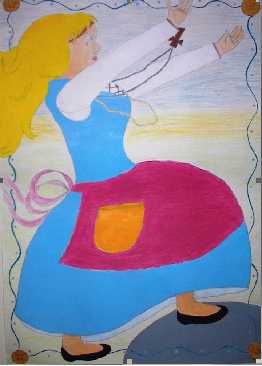Kalevala
is the national epic of Finland. It tells about two different tribes: Väinölä
and Pohjola.
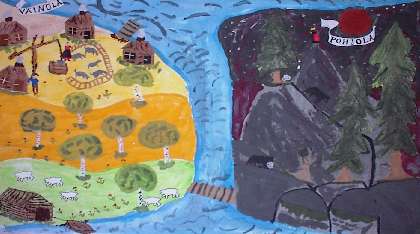
Väinämöinen
-Väinämöinen
was an old shaman.
- wise man
- took part in the creation of the world.
- healer
- singer
- a great man
-
clever
- a great tactician
- sharp-eyed human nature observer
- sensitive
- maker of kantele ( the Finnish national instrument)
- boat maker
-
tries to marry Pohjan Neito
- she
refuses
- tries to marry Aino
- she rather drowns herself
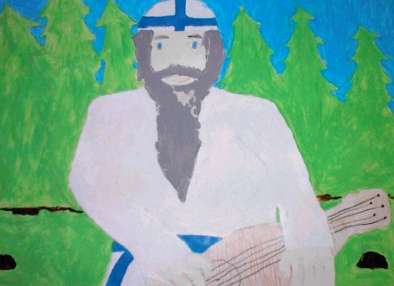
Seppo
Ilmarinen
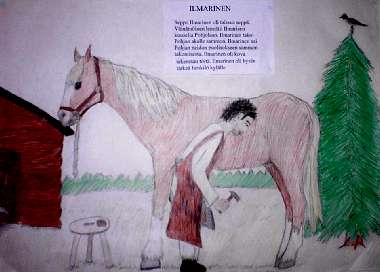
Pohjan Neito (the young lady of the north)
-
the daughter of Pohjan Akka
- proud
- was a very popular wife candidate
- knew her own status
- rich and beautiful
- in the end she became the wife of Seppo
Ilmarinen
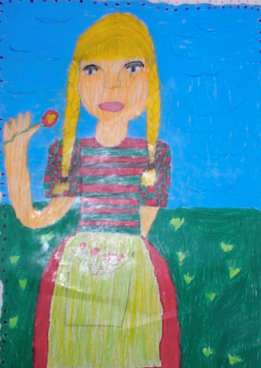
Louhi, Pohjan Akka
(the old matron of the nord, leader)
Louhi
lived in Pohjola (the North) and her daughter’s name was Pohjan
neito.Louhi was
Väinämöinen
Louhi said that he could marry her if he would
He succeeded, won and got married with Pohjanneito.
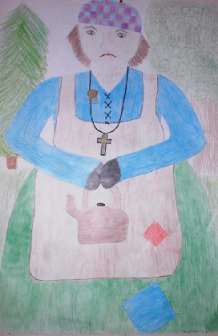
Lemminkäinen
Lemminkäinen
was very good-looking. He always carried sword and bow with him and he was
very aggressive. He was popular with women. He had to pass three tests to
marry Kyllikki, but he faled. Kyllikki became his wife after all.
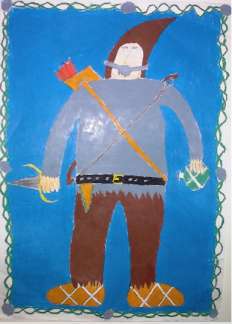
Aino
Aino was young and beautiful lady.
Aino was Joukahainen’s sister.
She drowned herself in the sea, because she didn’t want to get married
with old Väinämöinen.
